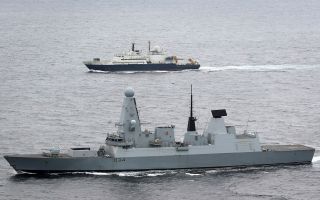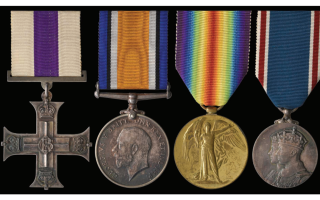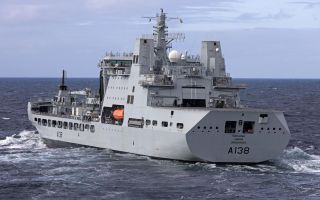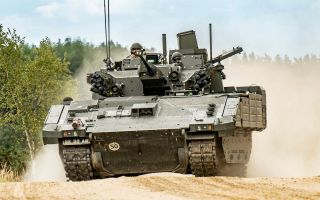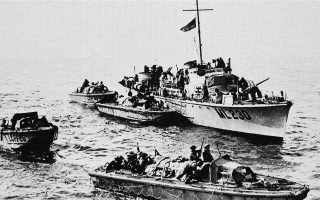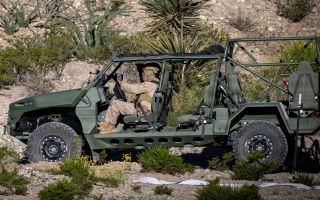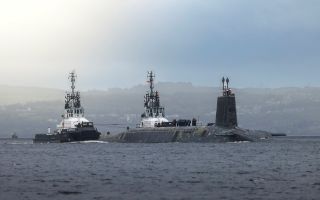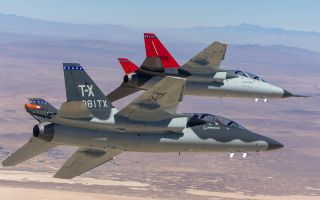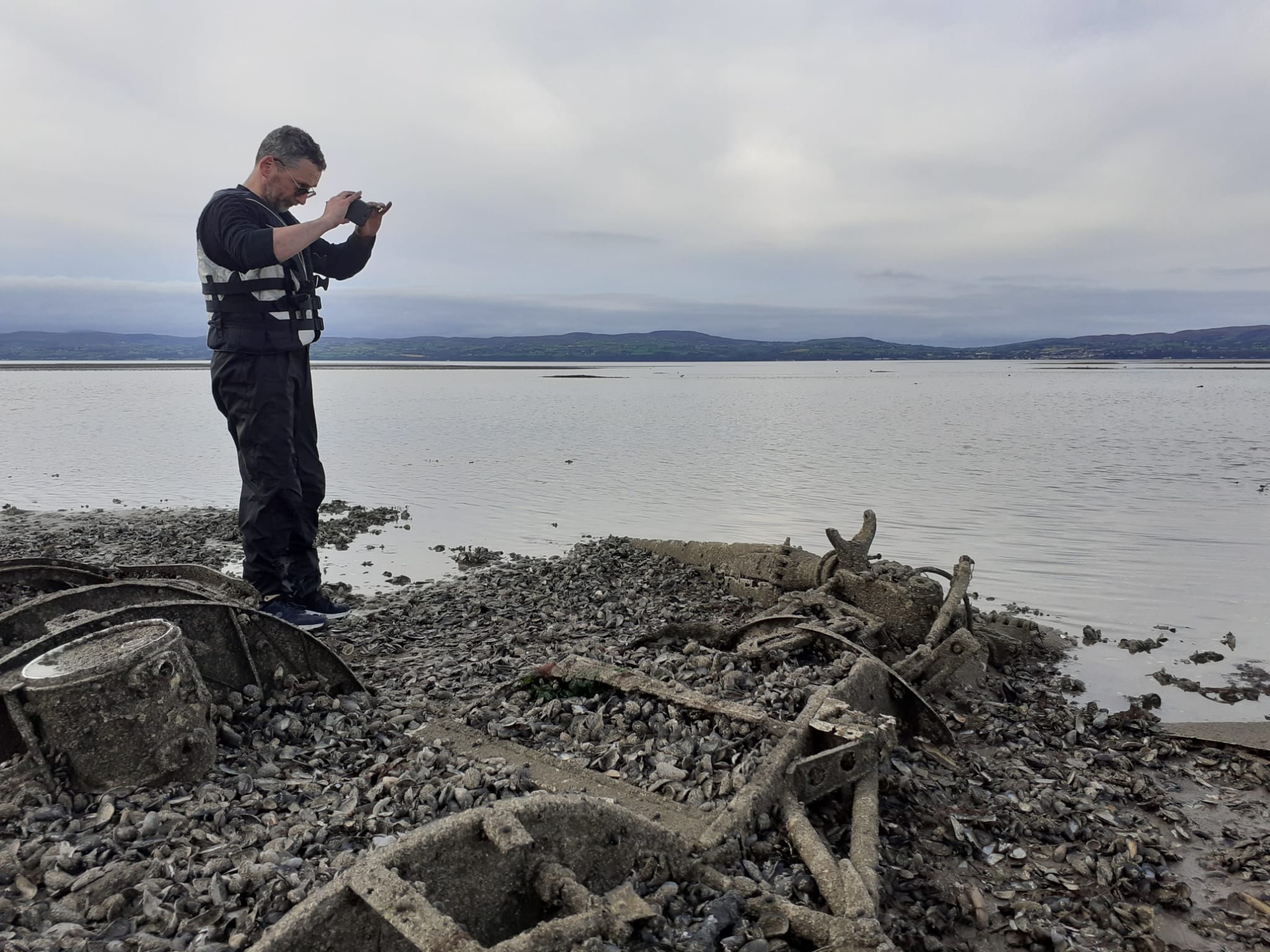
Royal Navy helicopter wreckage discovered after 64 years

The mangled wreckage of a Royal Navy helicopter downed in Northern Ireland more than 60 years ago has been found by a team mapping the country's coastline.
The Westland Dragonfly naval air sea search and rescue aircraft crashed during a flying exercise over Lough Foyle on 25 November 1958.
During a mission to recover wing parts from another aircraft, a winch cable on the Dragonfly helicopter was cut without warning and the pilot lost control and crashed into the shallow water.
- British Army's deadly new Apache attack helicopter making its debut in the field
- Missing SAS Plane 'Found' In France
- Royal Navy helps in crackdown on gang-related crime in Caribbean
Researchers who had been 3D mapping Northern Ireland's coast found the helicopter wreckage sunk deep in mud.
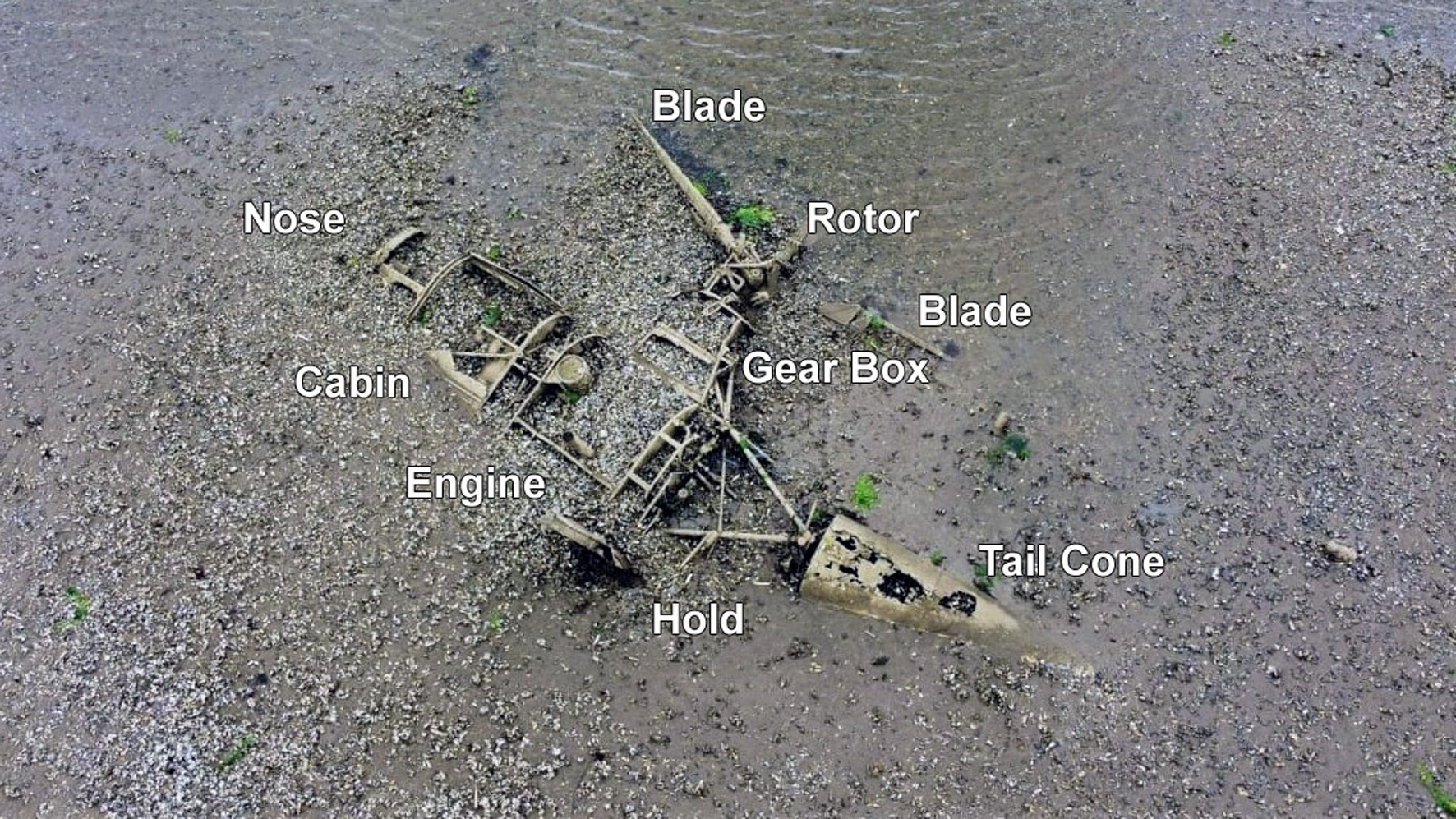
Even though it is heavily corroded, the frame of the helicopter and its three rotor blades are said to be mostly intact, with remnants of the 'Royal Navy' stencilling still visible.
The exact location of the wreckage has not been revealed as the site is on soft sediment where there are thought to be a 'significant number' of potentially live Second World War and post-war ordnance.
The coastal survey was commissioned by Northern Island's Department of Agriculture, Environment and Rural Affairs (Daera).
A Daera spokeswoman told the BBC the discovery of the helicopter was unexpected.
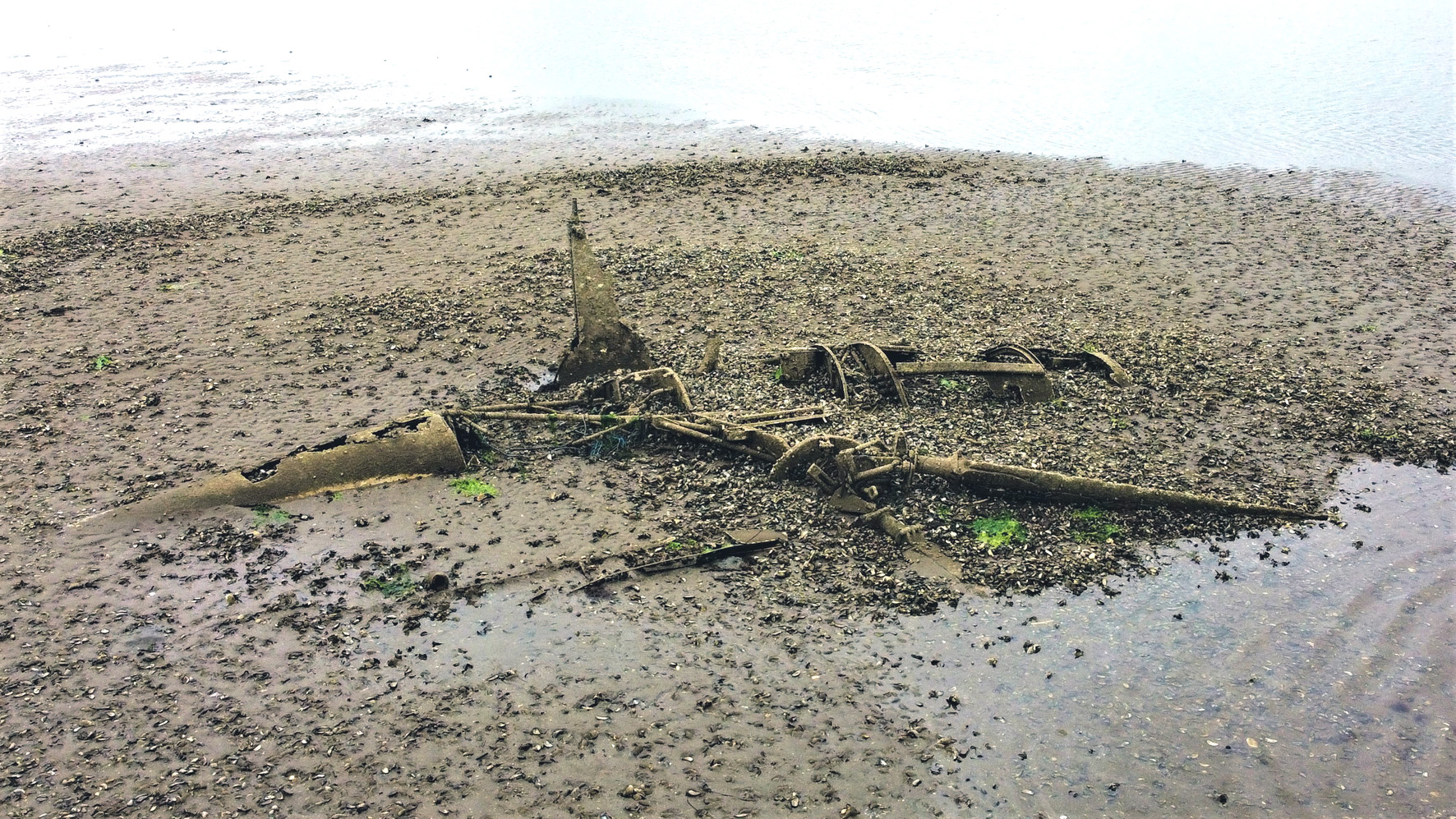
"Remnants of aircraft structure were initially spotted in the aerial photos of Lough Foyle," she said.
"Further physical inspection of the site revealed the wreck of a very early form of helicopter, lying on its starboard side on a gravelly bank.
"The exact position of the wreck is not being released as the crash site is located on dangerous soft sediment and a significant number of potentially live World War Two and post-war ordnance surround the site," she added.

